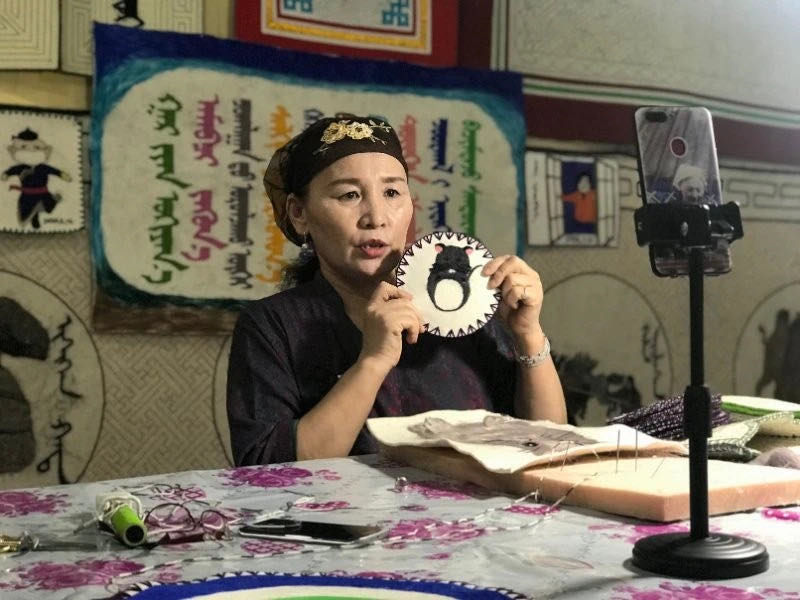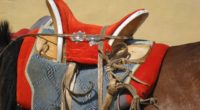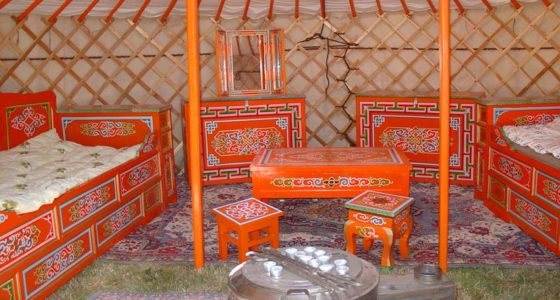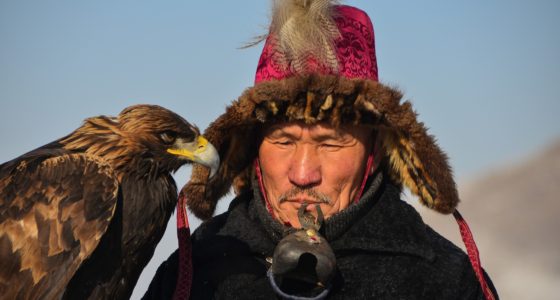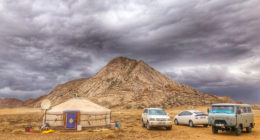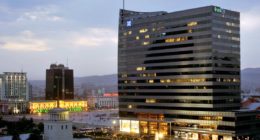Do you want to buy felt rug, mat, cushion & tapestry products? If so, you’ve come to the right place. We have a variety of products created by Mongolian women artists.
Mongolians have a long history of manually grinding the wool and fur of five different types of animals for use in their everyday lives. The animals have grown fat on the new green grass and are starting to lose their coats at the end of spring and the beginning of summer.
The Mongols’ nomadic lifestyle necessitates the use of light, warm, and long-lasting carpets, which have long been a tradition, as well as a very useful and flexible one. For mobile homes, felt has always been the primary content.
-
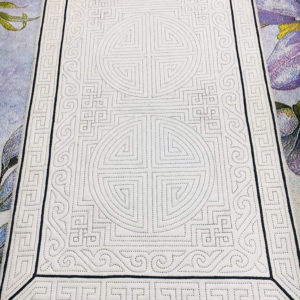 Embroidered rectangular felt rug$229.00
Embroidered rectangular felt rug$229.00 -
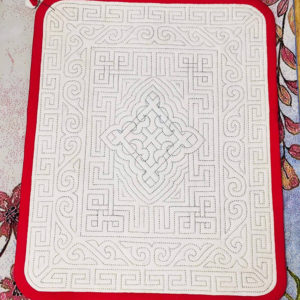 Embroidered felt rectangular mat$139.00
Embroidered felt rectangular mat$139.00 -
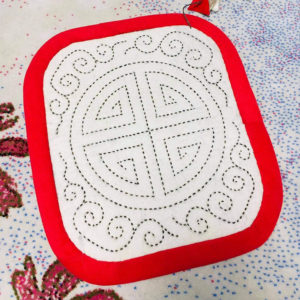 Embroidered felt mat$39.00
Embroidered felt mat$39.00 -
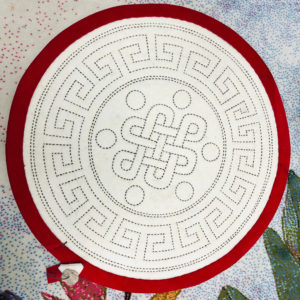 Embroidered felt round mat$59.00
Embroidered felt round mat$59.00 -
Product on sale
 An embroidered round felt rugOriginal price was: $450.00.$390.00Current price is: $390.00.
An embroidered round felt rugOriginal price was: $450.00.$390.00Current price is: $390.00. -
Product on sale
 Embroidered felt round matOriginal price was: $60.00.$45.00Current price is: $45.00.
Embroidered felt round matOriginal price was: $60.00.$45.00Current price is: $45.00.
The shape of the rug, which was sewn on white felt with double-stranded designs and woven from thick camel-spun yarn, may have been used since the 16th century, after the rise of Buddhism among the Mongols, according to Dr. Ts. Batsaikhan, a quilting researcher. Mongolia is now a hotbed of felt art, with a plethora of historical and archaeological discoveries, and these facts are testament to that.
How is felt made in Mongolia?
Felt is made from sheep’s wool and used in the production of a variety of artefacts, such as carpets, lining for winter boots, and the cover of the yurt itself.
Sheep wool is processed in a very particular way. In Mongolia, there are two ways of shearing sheep. Shearing in the summer is known as fleece (urtiin noos), while shearing in the autumn is known as short-wool (akhar). Herders usually make felt in mid-August. Because it is not enough for the family to do it alone, they will work together as a family. They chose the best of the day and prepared three types of wool in advance for their felt. These include male sheep that have been sheared in the summer of that year, wool that has been sheared in the summer, wool that has been sheared last fall, and wool from new lambs that year. Felt 2 meters wide and 4-5 meters long contains about 25-30 kg of wool. The felt-making process is a three-step process, in which the wool is first placed, then watered and the felt is dragged on the ground to thicken it. Choose a flat, well-drained area near a well or river that is suitable for making and towing felt. Only fresh water should be used for felt irrigation. Lake water is not used because it yellows the felt. First, spread the wool on the mat, dry it well in the sun for about a week, and clean it of small debris.
After drying, start beating the wool with a stick. Hand carding or beating the wool rids the wool of dust and dirt, separates the fibres and gives the wool a fluffy quality. A heap of wool was laid on top of an old sheep skin. They kneeled in a circle and beat the wool with willow sticks. Each person uses two sticks and sticks for an average of 20-25 minutes. The rhythmical sound of beating wool can often be heard several kilometers away on a still summer’s day, and is easily recognized by someone who has participated in the activity, and often prompts neighbors to go and help with the task and exchange the latest gossip.
Schedule felt pullers and tow stallions. Felt was usually pulled by stallions, and in the Gobi by camels. After this, the wool was distributed on top of a reed mat in several even layers lying perpendicular to one another. Then sprinkled the wool — a step that releases the lanolin and helps the fibres mesh together. The reed mat with the layers of wool was then rolled up carefully and secured with rope. It was then rolled for two hours. Finally, the piece was left to dry in the sun. Then felt will be ready to use. Felts have been used in nomadic life for over 40 years.
Felt production today
However, in modern times, felt is made industrially. The largest factory in Mongolia is the Erdenet carpet factory. Nowadays, felt products are made of industrially processed wool.
Want you buy felt rug & accessories?
If you are interested in buy felt rug & accessories, please send us an email with the necessary details. We’ll look at airline availability and other details and get back to you as soon as we can. Jump to contact us page.
Felt Festival
A felt festival is held in Mongolia. Call this travel agency if you want to see it for yourself.
